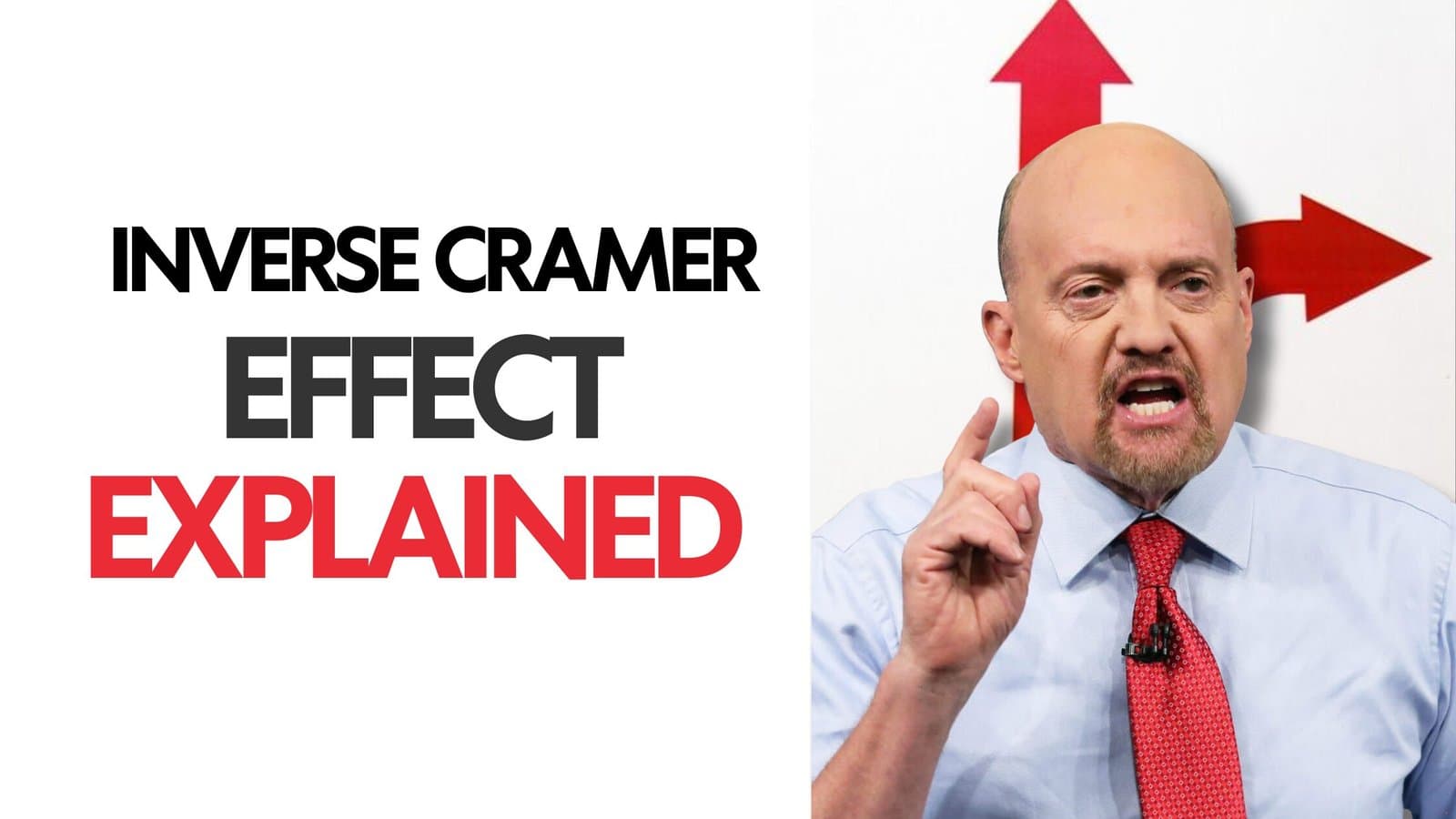
Jim Cramer’s market calls have become a meme-turned-signal. Explore how the “Inverse Cramer Effect” predicts crypto reversals
Author: Tanishq Bodh
Published On: Tue, 04 Nov 2025 18:38:48 GMT
In the chaotic, meme-fueled arena of cryptocurrency, few mainstream voices have earned cult status quite like Jim Cramer though not for the reasons you’d expect. The outspoken host of CNBC’s Mad Money has long been a fixture of Wall Street television, famous for his explosive rants, airhorn sound effects, and trademark “BOO-YAH!” sign-offs.
But in crypto circles, Cramer’s fame has taken a twisted turn. Traders don’t follow his advice they bet against it. His every bullish or bearish call is treated as a signal to do the opposite, forming what the internet lovingly calls the “Inverse Cramer Indicator.”
This isn’t just a meme; it’s a recurring market phenomenon that’s become part of crypto culture. From calling tops at bull peaks to denouncing Bitcoin near cycle bottoms, Cramer’s commentary has an uncanny way of marking inflection points. As Bitcoin hovers near $100,000 in late 2025, Cramer’s latest “crash warning” has traders watching with a mix of irony and anticipation. Let’s unpack how a TV stock picker became crypto’s favorite contrarian compass.

Jim Cramer is no random influencer. A Harvard Law graduate and former hedge fund manager, he co-founded TheStreet.com in 1996 and launched Mad Money in 2005. His persona high-octane, brash, and performative turned finance into entertainment.
Yet behind the spectacle lies a spotty track record. A Barron’s study once called his portfolio a “disaster,” noting it lagged the S&P 500 significantly. Then came the GameStop saga of 2021, when he urged viewers not to chase GME right before its 1,600% rally.
Crypto traders took notice. For an industry that thrives on defying Wall Street orthodoxy, Cramer’s polished confidence became a perfect contrarian foil. As one Reddit post put it:
“When Cramer speaks, I listen…then do the opposite.”
The subreddit r/CryptoCurrency and accounts like @CramerTracker on X now chronicle his market calls in real time, highlighting how “fading Cramer” taking the opposite position has outperformed many analysts. Backtests from platforms like QuantConnect even show shorting his recommendations can yield a notable statistical edge, especially in high-volatility markets like crypto.
Across these calls, one pattern repeats: Cramer’s confidence often coincides with reversals. When he’s bearish, bottoms form. When he’s euphoric, local tops follow. His timing is so consistently off that “Inverse Cramer” has become a tongue-in-cheek metric in market sentiment models.
Cramer’s transformation into a crypto meme began with community humor but evolved into something closer to behavioral finance. On Reddit, X, and YouTube, creators now publish “Cramer Fade” alerts whenever he makes a market call.
Although SJIM closed within six months, the joke became self-sustaining. It’s no longer about mocking one man, it’s about mocking overconfidence. As one analyst noted, “It’s half humor, half warning: beware any expert who claims certainty in chaos.”

The “Inverse Cramer” phenomenon isn’t luck. It’s crowd psychology at work.
Cramer’s show reaches millions of retail viewers. When he’s bullish, it often means the public has already piled in a sign of late-cycle euphoria. When he’s bearish, fear has already driven weak hands out, a setup for rebound.
Crypto’s volatility amplifies this effect. In a 24/7 market reacting to global events and whale flows, by the time traditional media catches up, sentiment has usually shifted. As one X user joked:
“Someone who’s wrong 100% of the time is just as valuable as someone who’s always right.”
Data supports the bias. A 2024 Medium study found that Cramer’s crypto takes “consistently lag market inflection points,” largely because TV demands quick, bold takes that simplify a complex, global market.
In short: Cramer’s timing reflects mainstream sentiment lag, not insight which is exactly why fading him works.

Fast-forward to November 2025. Bitcoin hovers near all-time highs, institutional inflows are steady, and Cramer sounds the alarm again: crypto “should correct as money flows back to real economy stocks.”
Within hours, BTC dipped slightly before rebounding past $102K, liquidating $400M in shorts. Traders instantly declared it “the most bullish signal yet.”
Earlier this year, he told viewers to buy Bitcoin over MicroStrategy stock right before MSTR outperformed BTC 2-to-1.
Now, with markets shrugging off his latest bearish call, the legend continues:
“If Cramer says down, it’s time to long.”
Once again, the Inverse Cramer Indicator appears intact.
The takeaway isn’t to blindly do the opposite of everything Jim Cramer says. It’s to understand why his statements resonate as sentiment signals.
For traders, fading Cramer isn’t magic. It’s a proxy for fading hype. Markets climb when fear dominates, and fall when euphoria peaks. Cramer just happens to speak at those emotional extremes.


ANYONE Community Unfiltered: How Far Can They Push Digital Identity?
Crypto’s Long Term Failure: Why Crypto Can’t Build Anything Long Term
Binance Blockchain Week: The Crypto Event That Actually Matters
Neobanks and Crypto: Explained
ANYONE Community Unfiltered: How Far Can They Push Digital Identity?
Crypto’s Long Term Failure: Why Crypto Can’t Build Anything Long Term
Binance Blockchain Week: The Crypto Event That Actually Matters
Neobanks and Crypto: Explained